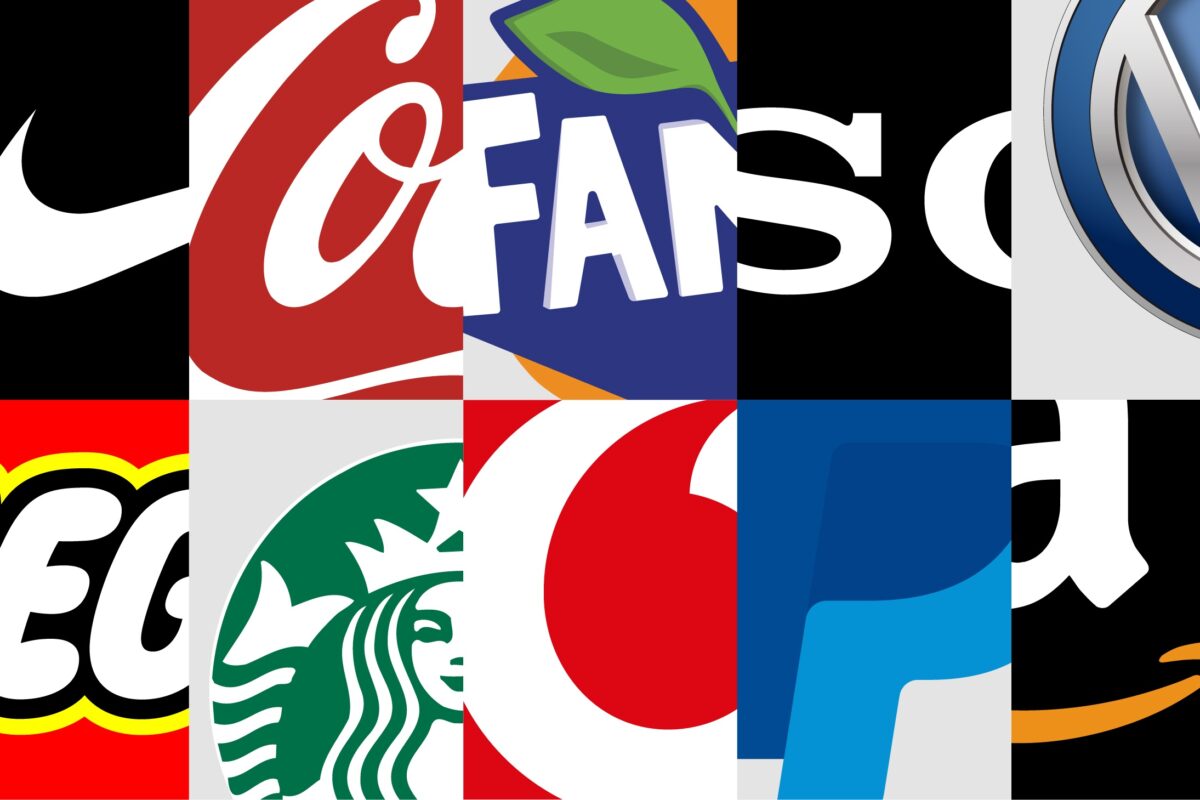Cheerios is America’s #1 breakfast cereal.
Did you grow up eating it? I sure did! It was a household staple, and on weekends my brother and I got the “good stuff” — Honey Nut Cheerios!
That was a big deal. There weren’t many sweet foods in our house, but we always looked forward to Saturdays. It was our treat. And today when I have Cheerios, I have a sense of nostalgia.
From a branding perspective, especially brand naming, Cheerios is brilliant. It’s a Suggestive Name that gives you a hint of what you’re about to experience: cheery O’s!
The funny part is that wasn’t the original name. As I talk about in my new book, Brand New Name, Cheerios started out as Cheerioats.
As the story goes, General Mills tasked food scientist Lester Borchardt to come up with a new cereal that would compete with Corn Flakes and Wheaties. Borchardt had an idea that a batter of oat flour could be puffed into fun shapes.
He experimented with his idea for several months until he finally perfected a puffing machine. It puffed the oat batter into the unmistakable shape of Cheerios — tiny inner tubes that floated in milk.
Cheerioats was a Suggestive Name that resonated with consumers.
According to Cheerios, “Before Cheerioats hit the market in 1941, a list of suggested names was put in front of consumer groups in five different cities. Cheerioats was the name that was selected based on the results of General Mills listening to those consumer groups.”
Quaker Oats didn’t like it, though, and filed a trademark infringement against General Mills for the use of “oats” in the brand name.
Instead of a drawn-out fight, General Mills changed the name to Cheerios. The name played to the O shape of the puffed oats and created a more fun and evocative brand name.
Cheerioats is a darned good name, but Cheerios is brilliant.
It may sound simple, but it takes work and refinement to make Constructed and Invented Words appear to be natural language — like the word was always meant to exist.
Cheerios is an example of an invented word that looks and sounds like a real word. Bringing together “cheery” and “oats” created the first iteration of the name, Cheerioats. But being challenged by Quaker Oats forced the brand name to be more refined and get even better.
Contributed to Branding Strategy Insider by: Jeremy Miller, Author, Brand New Name
The Blake Project Can Help: Disruptive Brand Strategy Workshop
Branding Strategy Insider is a service of The Blake Project: A strategic brand consultancy specializing in Brand Research, Brand Strategy, Brand Growth and Brand Education





One comment
Rob Meyerson
May 26, 2020 at 11:47 am
It’s a great example of how constraints can spur breakthroughs, just like a “tight” creative brief or naming brief can do. Also, while you haven’t mentioned it here, I assume General Mills was originally inspired by the British expression, “cheerio!” meaning something like “farewell.” Given that’s been in use since at least 1914 (per Merriam-Webster), I might consider this a real-word name, rather than invented.
Comments are closed.